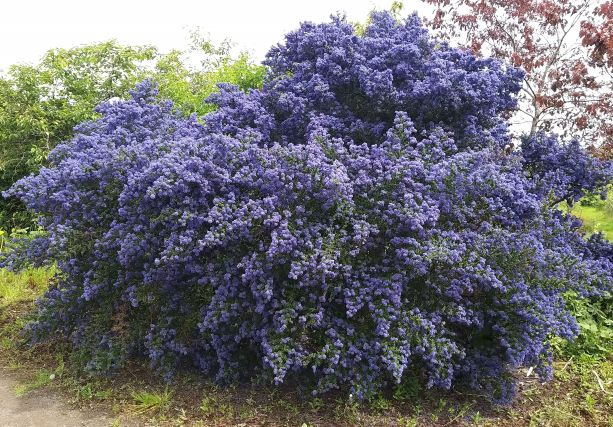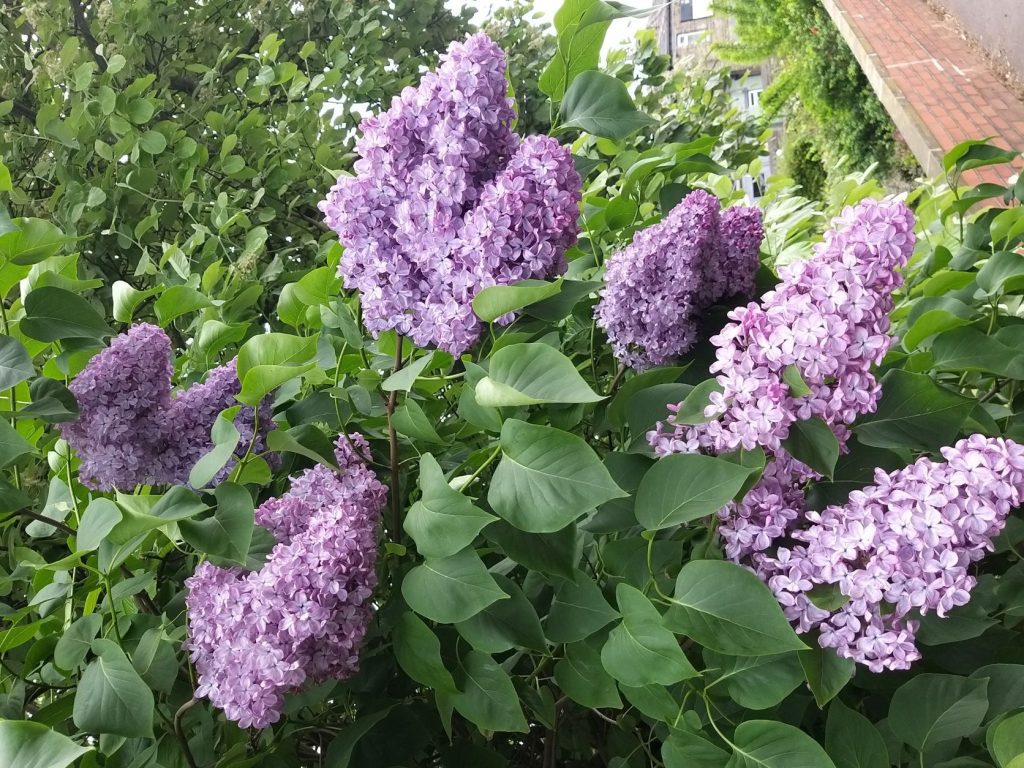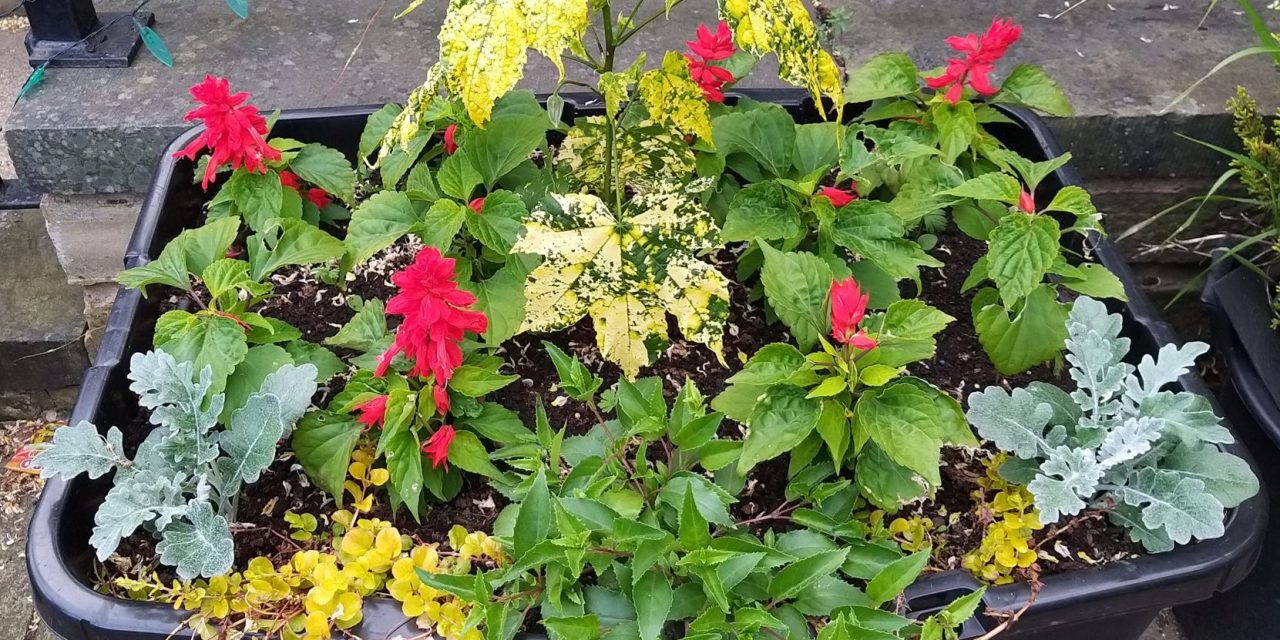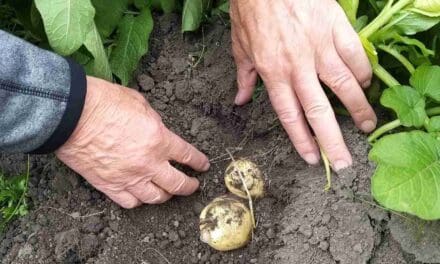The Rose Bud in June
It’s a rose but in June and the violets in full bloom,
And the small birds singing love songs on each spray,
We’ll pipe and we’ll sing love. We’ll dance in a ring love,
When each lad takes his lass all on the green grass,
And it’s, oh, to plough where the fat oxen graze low,
And the lads and the lasses do sheep-shearing go.
Traditional, from William King of Somerset. Collected by Cecil Sharp, 1904
By Gordon the Gardener
Now ‘flaming June’ should be here? But at the time of writing it isn’t. So I am holding the more tender bedding inside the greenhouse for the time being until temperatures are safer for planting.
As I said last month, plants will not like being put into cold ground. I cover any bedding on these cool nights with a layer of fleece, for which the plants will be thankful for. Bedding plants, beans, spinach and all vegetable seed can be sown direct.
The growing of any crop of plants, no matter which, lies with soil preparation. Good soil preparation is just as important as good plants.
A good starter is to remove any weeds totally from the soil. After all the wet of the winter, nutrients will have been washed from the land.
It is wise to apply a general fertiliser such as fish blood and bone. Or one of the new pelted fertilisers, which can generally be applied at a rate of 4oz per square yard (read guidance in the instructions if in doubt).
READ MORE: Catch up with Gordon the Gardener’s monthly blogs HERE
The soil itself will benefit from, and application of, one of many soil improvers, bags of farmyard manure can now be bought at garden centres. This can be incorporated into the ground at the same time as the fertiliser. Work it well in, so all is mixed into the soil.
One exception to the rule I can think of is dahlias which I find do best with bonemeal in place of a general fertiliser, with better tubers resulting at the end of the growing season.
Dahlias are now right back in fashion. Their colourful blooms are a real attraction but if you do grow dahlias ensure you stake and tie them well. A dahlia makes a lot of heavy growth and if not tied and well staked, strong winds will blow over and snap off the whole plant.
Keep an eye out for pests and diseases and take action at first signs – prevention is always better than cure.

If planting up containers, hanging baskets and window boxes, I use a compost of 50/50 mix of John Innes soil based compost and quality multi-purpose compost. The inclusion of the John Innes ensures better water and nutrient retention.
June can produce really warm drying winds, which can affect plants if not watered regularly – don’t be tempted to just apply small quantities of water as this may result in shallow rooting! Feed all plants in pots and containers every 10 days to encourage flowering and vigour.
Greenhouses keep damp on very hot days and apply shading to the glass to protect plants from the sun’s rays.
Early summer flowering shrubs can be seen in flower and pot bought at nurseries at the moment. Ceanothus (Californian Lilac) is having a good year. They are an impressive sight.
Our own Common Lilac (Syringa vulgaris) is another excellent shrub. This is the best time of the year to plant them. There is a full summer for them to acclimatise themselves in their new growing positions.
Make the planting hole wide and deep enough to take the root ball. A small application of bonemeal incorporated into the bottom of the planting hole will held get them established, plant 5ft apart.

There are many differing types of both Ceanothus and Common Lilac, with differing heights. Both are available in several different colours. Your nursery man and the label will give guidance.
Ceanothus prefers a sheltered spot, but can be grown almost anywhere as long as it is not planted in a very exposed position.
But be ready with that layer of fleece…
















